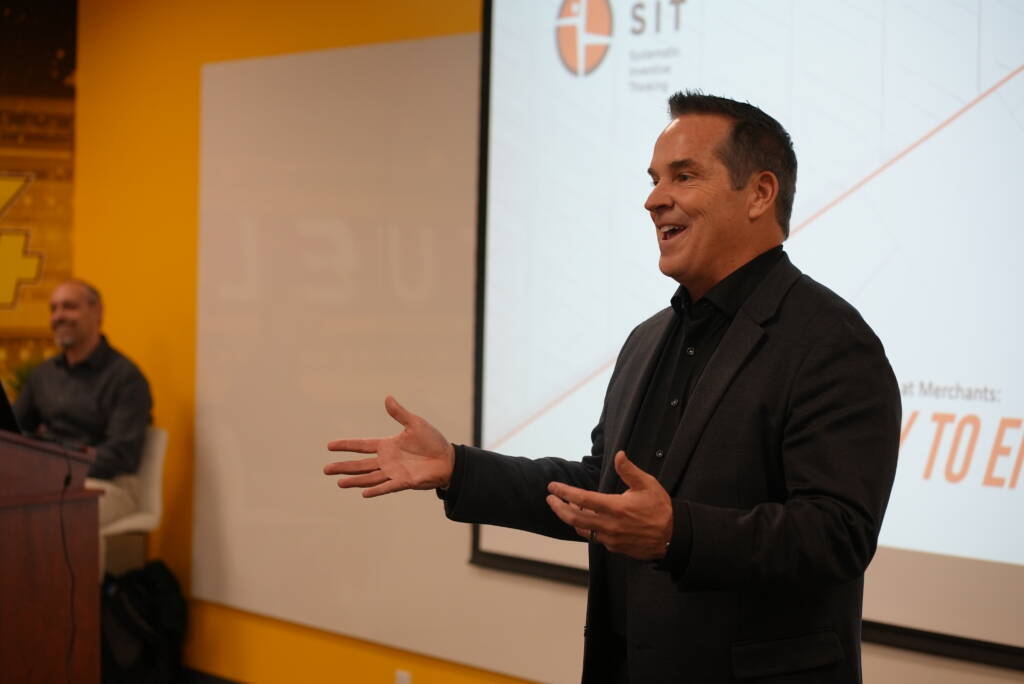Building a top-notch team is as critical to your business as developing the quality products or services you sell. If you want to create quality, you must have quality people and processes in place to do so. It’s worth it to invest in a high caliber team, not just with pay and perks, but also by providing the support and resources necessary to do their job well, and by creating an environment they want to spend time in.
Build those supports and resources into the budget, because if you don’t spend it on developing and supporting your team, you’re going to spend it on the often overlooked, but inherent costs of turnover.
In 2021 the costs of turnover to employers exceeded $700 billion
Employees leave their jobs for a variety of reasons, and while not all are in an employer’s control, most are. Let’s look at four of the top reasons people leave their jobs, according to Work Institute’s 2022 Retention Report
22% of employees leave for career advancement and achievement.
11% leave due to job-related stress and availability of resources and training.
9.5% leave for better pay and compensation perks.
8 % leave due to lack of professionalism, support, and communication of management.
Total those up and you see that 50.5% of the reasons employees leave their jobs are controlled by the employer. The good news is you can also create the reasons they stay and the reasons new talent wants to join.
- Create the right culture.
- Define your culture before it defines you. Review your company’s core values and then do an honest assessment of how and if the company is living them. Too often values are listed in manuals and posted around the office but not truly embedded in the culture.
- Equip your employees to be brand ambassadors and advocates by communicating and modeling those values in a way that everyone can understand and believe in.
- Identify and build upon key attributes of your company’s culture that have developed over time. Have the courage to also look for the negative practices that have evolved and address them head on.
- Hire to your culture. If you have defined your culture as collaborative, service-oriented, and innovative, make sure you are hiring people who not only have the right skill set for their position but demonstrate a commitment to those values.
- Hold people accountable to the culture. A great way to do that consistently is to incorporate culture as part of the performance management process. If you say collaboration is important to your culture, but it’s not discussed in a performance review, then you’re sending the message it’s not important. For the employee who isn’t living up to the company’s values, it’s time to have the difficult conversation. It’s a challenge for many organizations to take this step, but oftentimes this difficult conversation brings awareness to the individual that it’s time to look for a different position (whether that is inside the company or elsewhere) or take active steps to improve their performance and resolve the situation.
- Grow Your People
- Prepare your people to be successful from Day One. Establish clear expectations around job responsibilities and commitment to the company’s values and culture. Understand what your employees need to get their job done well—not just what you think they need. Invest in the training and resources required for them to not only do their job well but that increases their skills, knowledge, and confidence. Then get out of their way so they can get stuff done.
- Harness the talent of your existing people. Pay attention. Who are the people others seek advice and knowledge from? Who are the producers, risk takers, and innovators? Who are the team players? It doesn’t matter what their role in the company is today; see them for what their role could be in the future and help them get there. Make coaching and mentorship an integral part of your development program.
- Create an intentional leadership program for the company’s emerging leaders. The best way for employees to know there are advancement and achievement opportunities available is to be engaged in that process.
- Develop Your Recruitment Strategy
- Engage your sales and marketing skills when searching for new talent. You are, after all, selling potential talent on why your company is the place they want to be and the many ways it will benefit them. Job postings shouldn’t be a laundry list of qualifications and responsibilities. Speak to the culture, values, and future of your company and create a vision of what that looks like for the right candidate.
- Identify the recruitment channels specific to the talent you are seeking and build a recruitment strategy around them. While many businesses have a presence on LinkedIn and it makes sense to post their openings there, that shouldn’t be the only source considered. Fine tune your channels based on the area you’re hiring for. You won’t find psychologists on engineerjobs.com or engineers on socialservice.com. There’s talent out there looking for what you offer. Be where they are.
- Seek people who are smarter than you in the area you are hiring for. If you’re the smartest person in the room, the company’s culture of collaboration and innovation just went out the window. Let them know you value their expertise and that you expect an open exchange of ideas and the opportunity to learn from them.
- Keep your talent pipeline filled. Company leadership programs are a great start. Empower existing employees to promote within their own networks what a great place your company is to work for and why. That builds familiarity with your employer brand and paves the way for recruitment opportunities. Develop an employee-referral program.
- Communicate and follow through with all candidates even if you don’t move forward with them. Every contact you make showcases your brand and who you are, so make it count. Who knows, they may be just the talent you need in the future.
All of this reminds me of a conversation once with my CFO many years ago when we were putting budgets together and we were investing heavily in our people. My CFO asked me “can we afford to do all this training and then what if they leave us?” As the CEO, I think I had a witty answer back to her, “what if we don’t invest in them and they stay?”
Leadership isn’t just managing the day-to-day operations; it’s hiring the smartest people and providing the support and resources they need to make great things happen. You have the power to make them want to stay.














